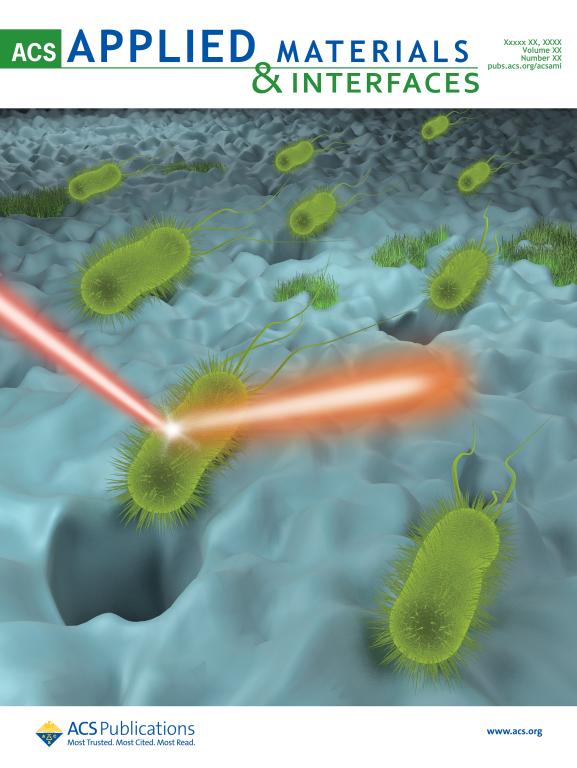Surface-enhanced Raman scattering (SERS) is a kind of analysis technology based on sensing materials, which that can be used to in-situ study the biological metabolism of cells . The study hasfound that silver (Ag) material can produce extremely strong SPR, resulting in a SERS signal intensity generated on the surface of nano-Ag 2-3 orders of magnitude higher than that of signal intensity generated on surface of nano-gold (Au). However, due to its poor antioxidant and biocompatibility, biochemical SERS application of nano-Ag with the low cost, ultra-high SPR still has obstacle.
To solve this problem, Chen Dongzhen, member of Prof.He Xinhai’s research group at the School of Materials Science & Engineering, and Prof. Song Zhongxiao’s research group of Xi’an Jiaotong University developed a porous Ag@Ta film with electromagnetic field enhancement and light transmission synergistic amplification effect.At the same time the poor oxidation resistance and poor biocompatibility of nano-Ag has also been solved in this study. The research results were published in the international authoritative journal ACS Applied Materials & Interface with the title of Ta@Ag Porous Array with High Stability and Biocompatibility for SERS Sensing of Bacteria.
ACS Applied Materials & Interface is a significant journal in the field of engineering materials science, SCI area one, with an impact factor of 8.456. The first author of the paper is Chen Dongzhen, and the School of Materials Science &Engineering of XPU is the first unit. The cover of this thesis was co-authored by Dr. Chen Dongzhen and graduate student Zhang Liang. This work was supported by funding for doctoral research at XPU. Link to the paper: https://pubs.acs.org/doi/10.1021/acsami.0c03630.
